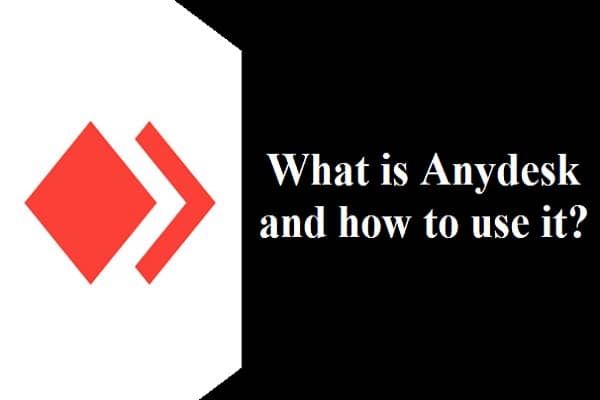Ambigrams are intriguing pieces of design where the text retains meaning even when viewed from different perspectives, such as upside down or mirrored. They are most commonly associated with letters and words, but a compelling question arises: Can you do an ambigram with numbers?

Understanding Ambigrams
Ambigrams play with symmetry, rotation, and reflection to create designs that challenge the way we perceive text. They are often seen in logos, artwork, and puzzles. The artistry lies in creating a design where the text reads the same, or as something coherent, when viewed from an alternate perspective.
Ambigrams and Numbers
Creating ambigrams with numbers follows the same principles as with letters but involves different challenges and opportunities due to the distinct shapes and symmetries of digits.
1. Symmetry in Numbers
– Horizontal Symmetry: Some numbers, like 0 and 8, are naturally symmetric along the horizontal axis, making them easier to incorporate into ambigrams.
– Vertical Symmetry: Numbers like 0, 3, and 8 have elements of vertical symmetry. This is useful for designs intended to be viewed from a vertical flip.
– Rotational Symmetry: Numbers like 6 and 9 exhibit rotational symmetry, as flipping a 6 upside down gives you a 9, and vice versa.
2. Digit Pairing
– 1 and 1: The number 1 remains unchanged when flipped or mirrored.
– 6 and 9: These numbers naturally flip into each other, making them a common pair in numeric ambigrams.
– 2 and 5: While not naturally symmetric, clever design can make 2 and 5 flip into each other.
– 0 and 0: Like the number 1, the number 0 remains unchanged in most perspectives.
3. Challenges
– Asymmetry: Numbers such as 4 and 7 do not naturally lend themselves to symmetry or rotational design. These digits require more creative approaches to incorporate into an ambigram.
– Design Constraints: The need for legibility and coherence from multiple perspectives can constrain the design, making it difficult to create ambigrams for certain numeric combinations.
Techniques for Creating Numeric Ambigrams
1. Mirroring: This involves designing each digit so that its mirrored version forms the intended number. For instance, designing a 3 to mirror into an 8 can be effective if done creatively.
2. Rotation: Utilizing rotational symmetry, where digits like 6 and 9 can be swapped by rotating the design 180 degrees.
3. Combining Digits: Designing digits that transform into different numbers upon rotation or reflection. For example, merging elements of 2 and 5 to flip into each other.
Examples and Applications
1. Artistic Designs: Artists create numeric ambigrams as a form of visual art, exploring the interplay between form and function.
2. Puzzles: Numeric ambigrams can be used in puzzles and games, challenging players to identify numbers from various perspectives.
3. Logos and Branding: Companies might use numeric ambigrams in logos to convey creativity and uniqueness, especially in tech and design industries.
Creating ambigrams with numbers is indeed possible and can be an exciting challenge for designers and artists. The process involves leveraging the inherent symmetries of certain digits and creatively overcoming the asymmetries of others. While some numbers like 0, 1, 6, and 9 lend themselves naturally to ambigram designs, others require more inventive approaches.
The end result can be both visually striking and intellectually stimulating, whether used in artwork, puzzles, or branding. As with any art form, the key lies in balancing creativity with readability, ensuring that the numeric ambigram is both intriguing and comprehensible from multiple perspectives.




Comments (No)